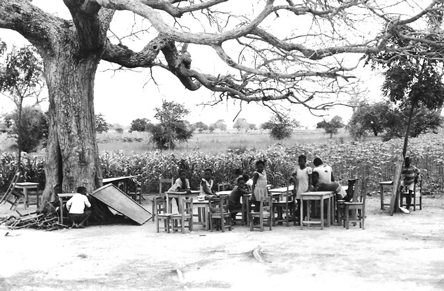
Kalijiisa Primary School in 1978
Franz Kröger
Infrastructure of the Bulsa South District
The economic upswing and the rapid advancement of a modern society and culture in Ghana since the 1990s has become apparent in the Bulsa area, too. A healthy amount of construction projects began, new firms and institutions emerged and the living standard of individual citizens rose.
I) SCHOOLS
In retrospect, the growing number of different types of schools as well as the greater effort
directed at building and equipping them will be examined in the following review.
When I taught at the Sandema Boarding School in 1973 and 1974 in order to make
first contact with the Bulsa, there were only 6 middle schools in the Bulsa
area. They had just adopted a new name, continuation schools. However, these
schools were later called junior secondary schools and then junior high schools.
BULSA MIDDLE SCHOOLS 1973
| School +Village | Foundation year | Pupils | Teachers | School-Uniforms | ||
| boys | girls | Bulsa | Others | |||
| Boarding Middle School Sandema | 1953 | 63 | 43 | 3 | 4 |
boys: type 1 girls: t. 1 |
| Ayieta Middle School, Sandema | 1961 | 54 | 29 | 2 | 2 |
boys: t.1 girls: t. 2 |
|
Afoko M.
School, Sandema |
1968 | 41 | 20 | 2 | 2 |
boys: t.2 girls: t.3 |
| St. Martin's M. School, Wiaga | 1958 | 123 | 93 | 4 | 3 |
boys: t.1 girls: t.4 |
| Fumbisi Middle School | 1968 | 31 | 16 | 2 | 1 |
boys: t.1 girls: t.1 |
| Chuchuliga Middle School | 1967 | 54 | 36 | 1 | 3 |
boys: t.1 girls: t.1 |
| Sa.: | 366 | 237 | 14 | 15 | ||
School Uniforms: Boys: Type 1: khaki shorts, white shirt; type 2: khaki shorts, pink shirt; Girls: Type 1: green dress, white belt, type 2: green skirt, white blouse, type 3: pink dress, type 4: blue skirt, white blouse
The number of primary schools at this time is not known to me, and would probably be difficult to determine, as in many villages very small groups of pupils were taught without a school building but rather under the shade of a tree.
 |
|
Kalijiisa Primary School in 1978 |
In 1978/79 there were 20 primary schools in Bulsaland, 6 of which were located in today's Bulsa South District:
|
School Name |
Number of Boys |
Number of Girls |
Total Pupils |
Doninga |
34 |
53 |
87 |
Kanjaga |
57 |
39 |
96 |
Fumbisi |
76 |
58 |
134 |
Kasiesa |
40 |
25 |
65 |
Gbedema |
70 |
57 |
127 |
Wiesi |
38 |
29 |
67 |
Chaansa |
26 |
27 |
43 |
Of the eight continuation schools, only two were located in the area of the present Bulsa South District:
|
School Name |
Number of Boys |
Number of Girls |
Total Pupils |
Kanjaga |
29 |
17 |
46 |
Fumbisi |
29 |
16 |
45 |
In 2005 the Sandema District Educational Office kindly provided me with a list of all schools in the Bulsa District. The number of primary schools and junior secondary schools (JSS) had increased tremendously. Of the 63 primary schools, 21 were located in the Bulsa South District (Bachonsa 1, Doninga 2, Fumbisi 10, Gbedema 3, Kanjaga 4, Uwasi 1).
Of the 23 JSS, 8 were in the south (Doninga: 1, Gbedema: 1, Kanjaga-Jiningsa: 1, Fumbisi: 3, Wiesi: 2). The two newly established senior secondary schools (SSS) were in Sandema and Fumbisi.
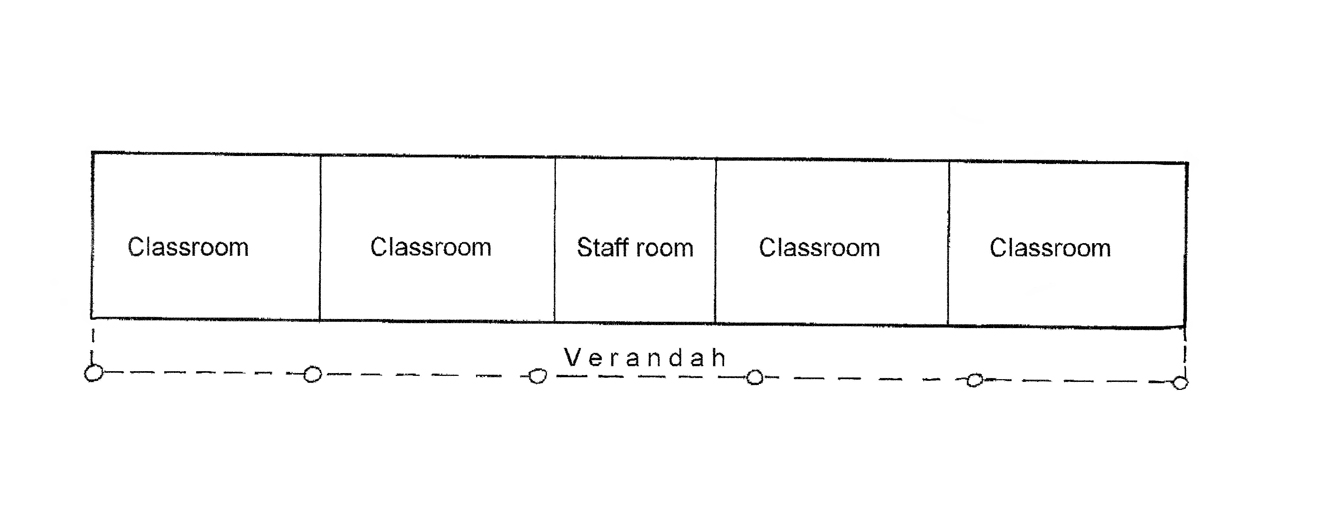 |
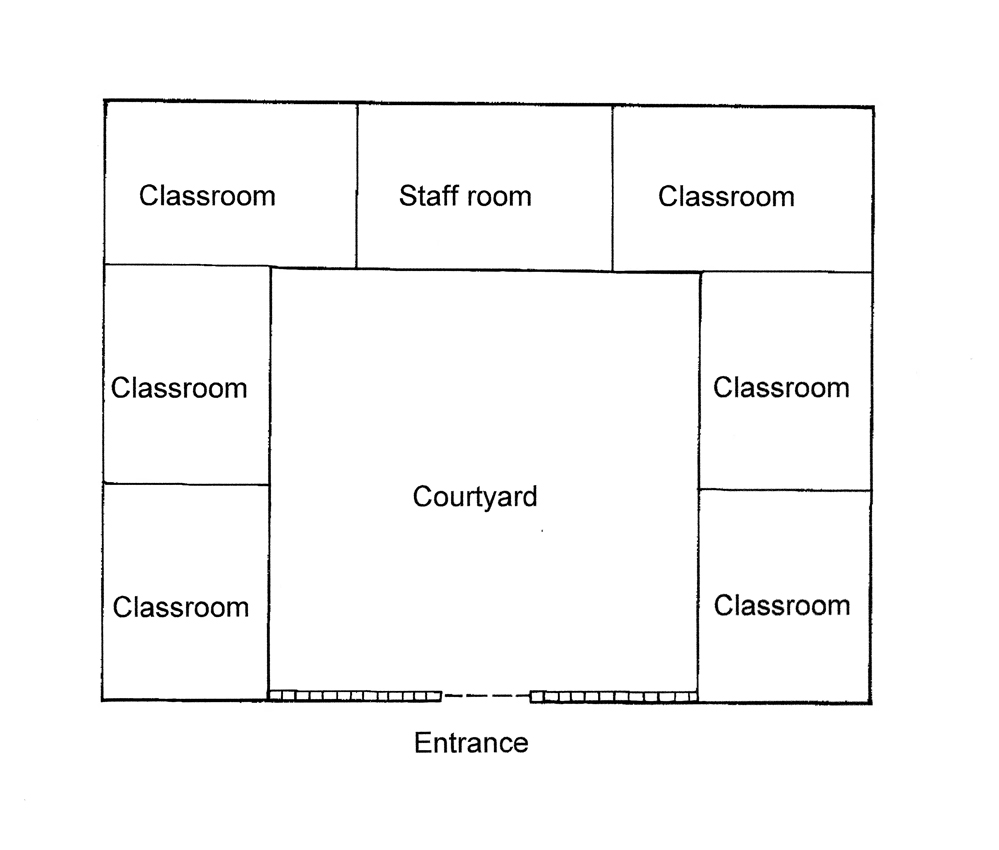 |
|
| Type 1 | Type 2 |
Along with the number of schools, the look of the schools has also changed in recent years. While in the 1970s and 1980s nearly all schools consisted of a long series of classrooms and a staffroom in the centre (see figure: type 1), new forms of floor plans have emerged in the last two decades. A building type with a square courtyard has become quite popular. The open side of the courtyard is closed by a semi-high wall with an entrance gate (type 2). Multi-storey school buildings appeared quite early at Sandema in the Bulsa North District’s technical high school. In the South District, an imposing three-storey building with three wings was erected in Kanjaga.
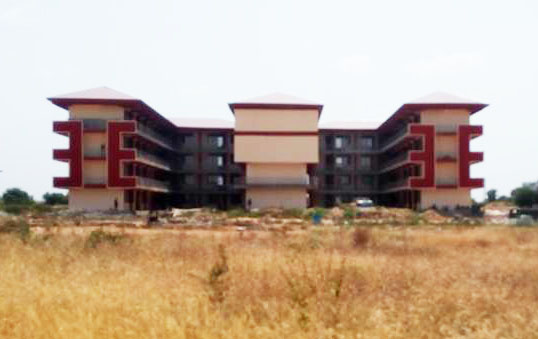 |
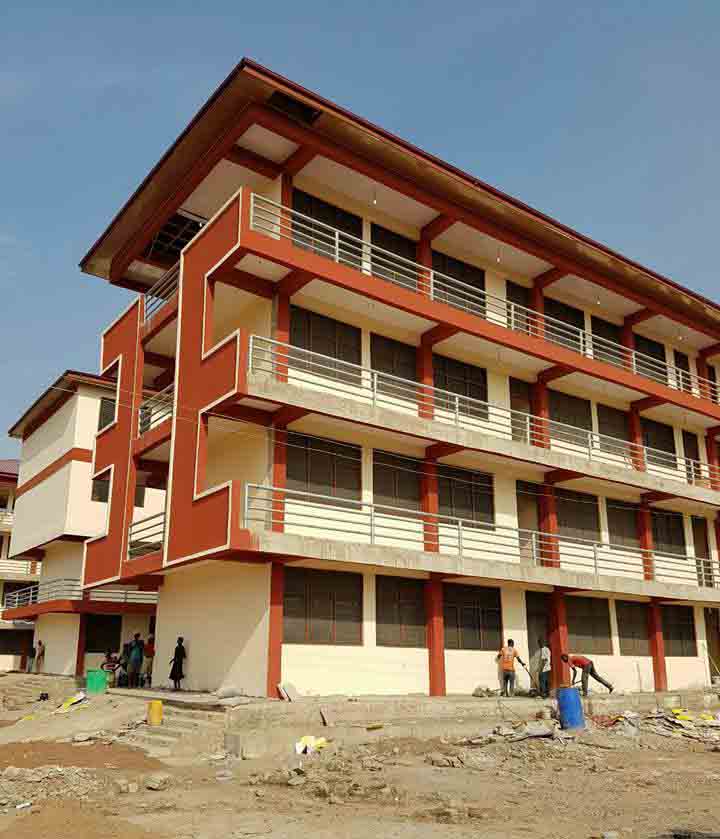 |
|
|
Kanjaga Senior High School (SHS) - Source: Buluk Kaniak (Facebook group) |
||
As Yaw's photos show, the schools' equipment has also greatly improved. At least five
primary schools of the South have playgrounds with slides, swings, and merry-go-rounds.
Toilets (separate from the school buildings), a football pitch and modern teacher
accommodations are a matter of course for most schools today.
The interior of the schools built in recent times is not well known to me, but I have gathered
from many individuals’ statements that almost every school has a library and that every
student has his or her own chair in the classroom as well as enough desk
space. Even in the
1990s I saw classes with three pupils sitting at a desk meant for two, leaving little space for
writing (see photo).
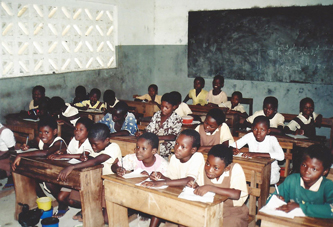 |
|
A schoolclass in 1997 |
II) OTHER IMPORTANT BUILDINGS AND INSTITUTIONS
The schools are certainly one of the most important facilities of a well-functioning
infrastructure. They are investments for the future because it is only with a well-trained
workforce that the expected development into a modern, well-equipped socio-economic
structure can be carried out.
But other institutions have also contributed to the development and improvement of living
standards. While all villages are connected to the electricity network, currently only Uwasi
and Fumbisi have water pipes.
Health centres, which are represented in all eight villages, and one hospital in Fumbisi not only ensure the health of the residents but also save them the trouble of having to travel long distances on bad roads to the Wiaga Clinic and Sandema Hospital.
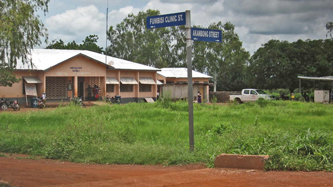 |
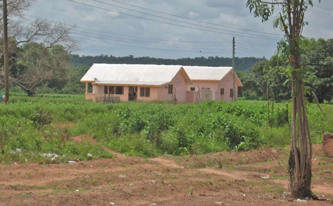 |
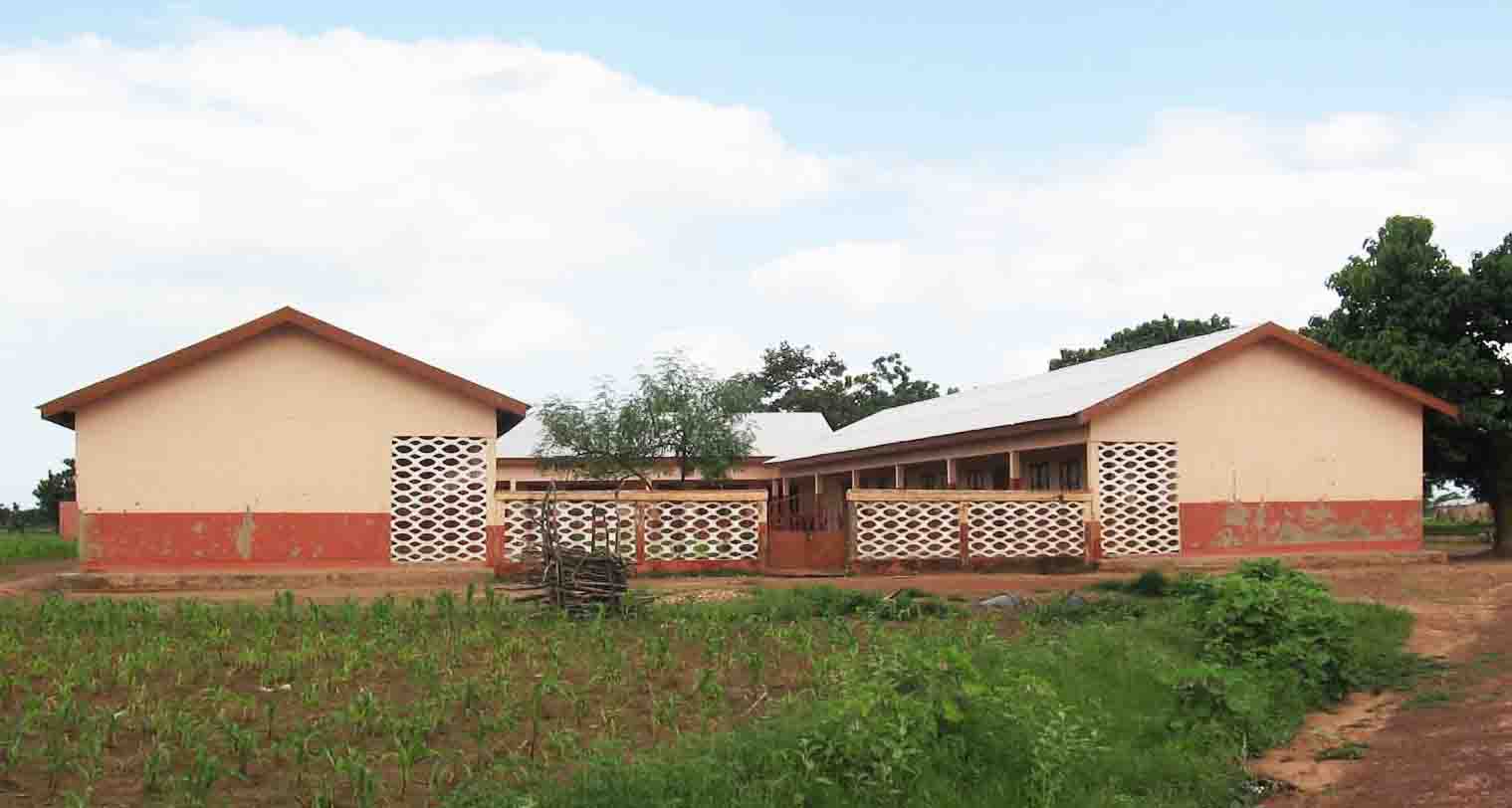 |
||
| Fumbisi Health Centre | Wiesi Health Centre | Gbedema Health Centre |
Although a large part of the population of the Southern District still adheres to traditional beliefs, Christian churches and - although rarer - Islamic mosques are found in almost every village.
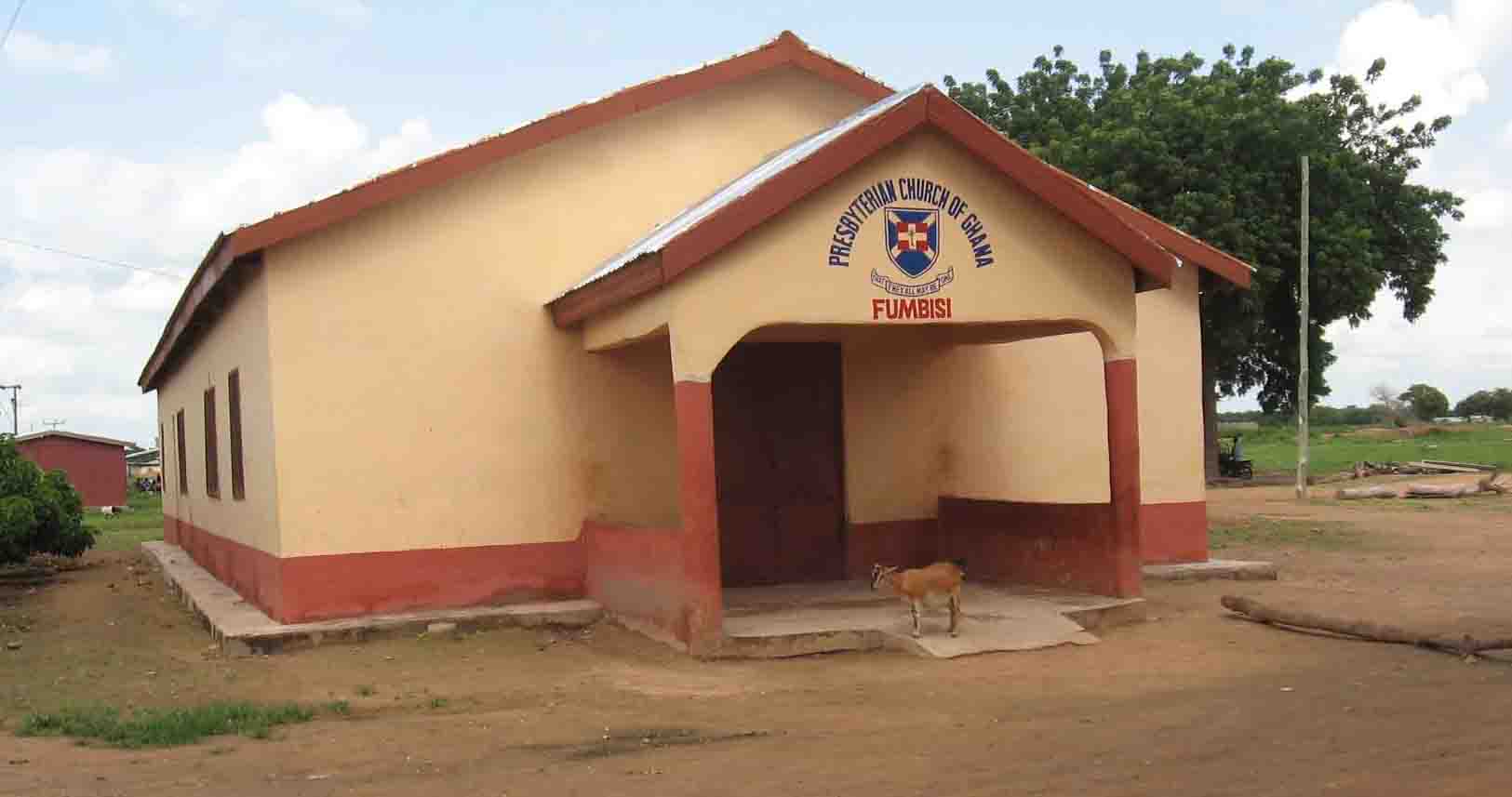 |
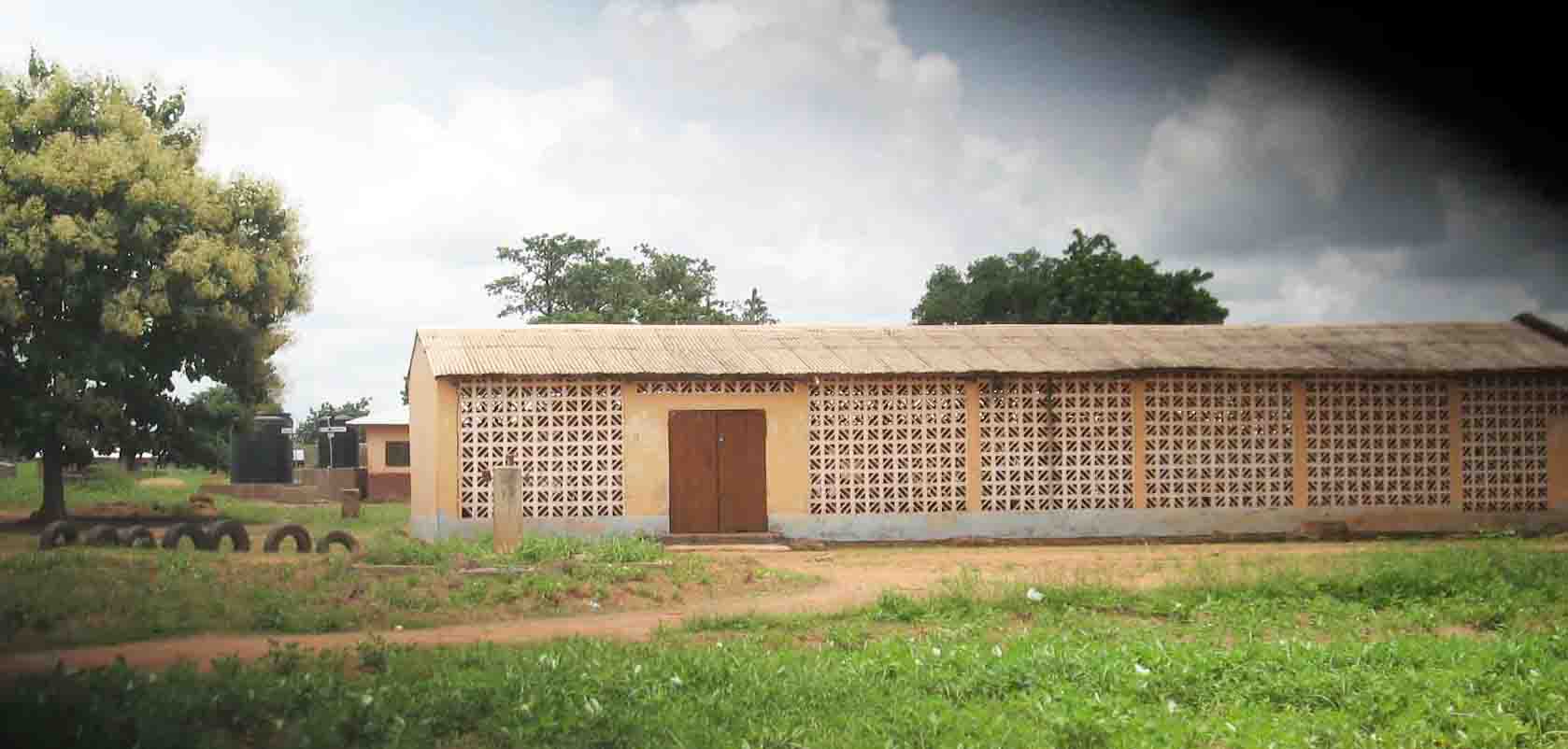 |
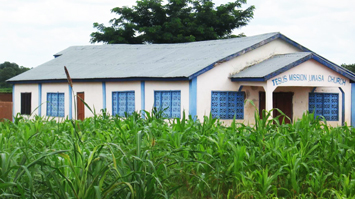 |
||
| Presbyterian Church Fumbisi | Catholic Church Fumbisi | Jesus Mission Church Uwasi |
In particular, Fumbisi, the administrative capital, has been engaged in the construction of
guest houses or hotels for foreign visitors, although real tourism has not quite developed here
yet.
The actual importance of Fumbisi lies in its role as the administrative capital of the Bulsa South District. Several office buildings, which were sufficient for their former purposes have since been renovated, expanded or replaced by new ones since Fumbisi took over of the role of a capital in 2012.
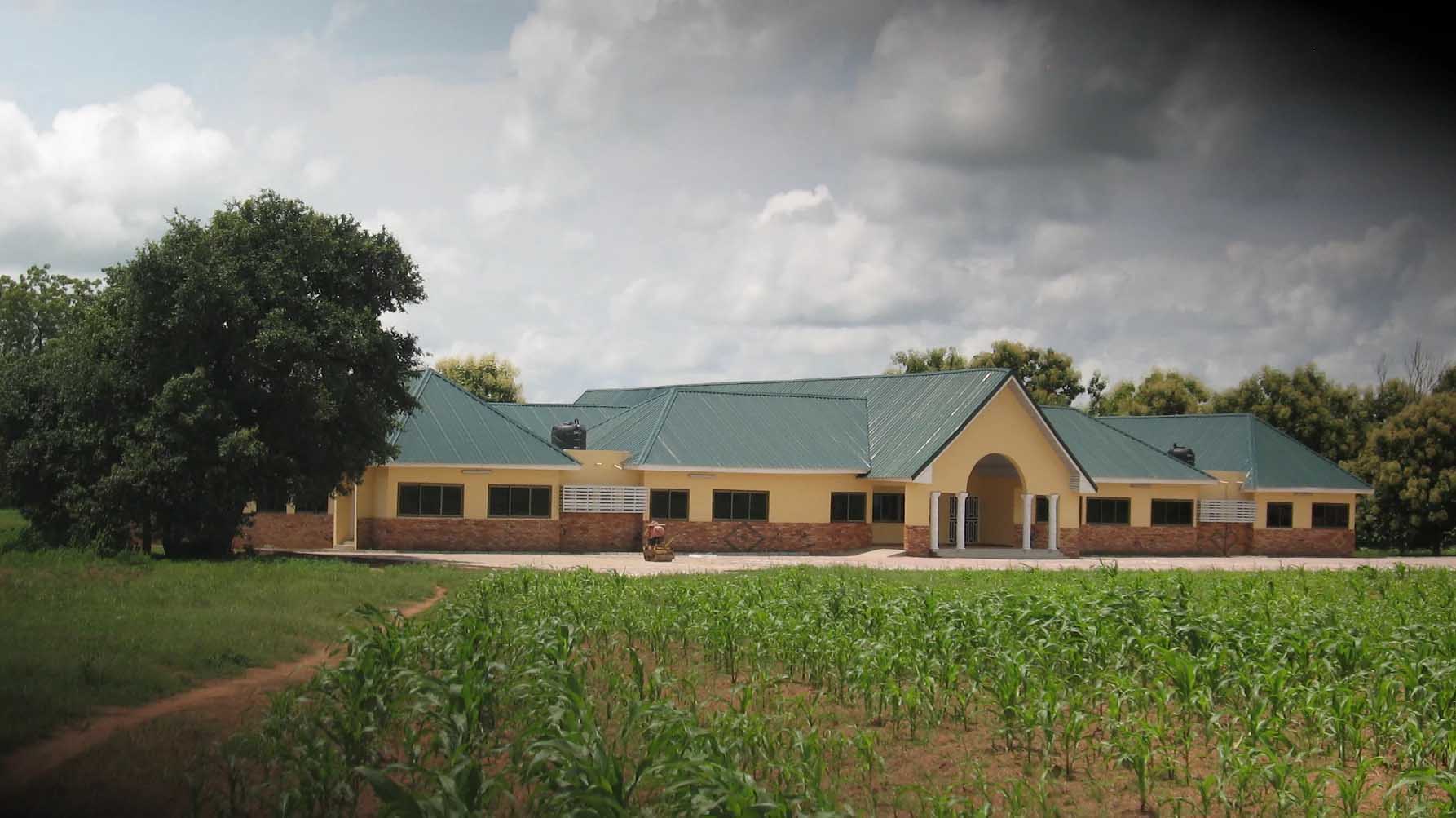 |
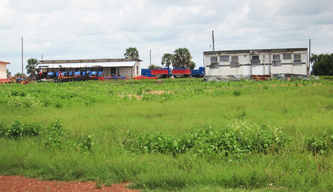 |
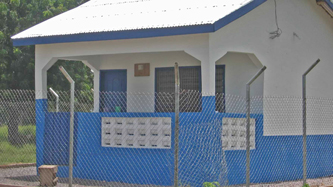 |
||
| Assembly Office Fumbisi | Agric Office Fumbisi | Water Office Uwasi |
After all the very positive statements about the new infrastructure of the Bulsa-South District,
it must also be said that there is still a strong deficit in one area: namely road construction.
Even the district capital, Fumbisi, can only be reached by way of rutted access roads.
In addition, more or less important infrastructural elements can be seen in the photos below.
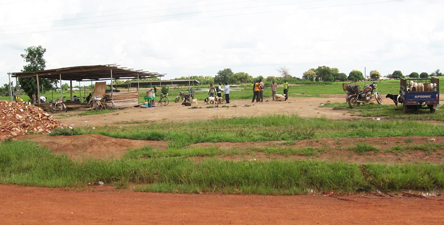 |
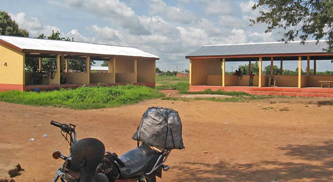 |
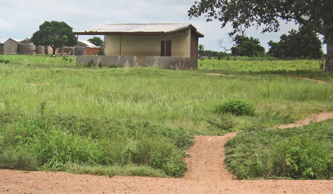 |
||
| Fumbisi Animal Market | Wiesi Market Stalls | Bachonsa Weighing Centre | ||
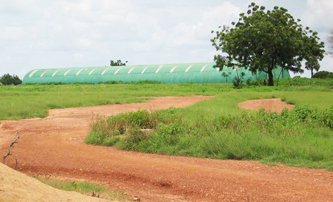 |
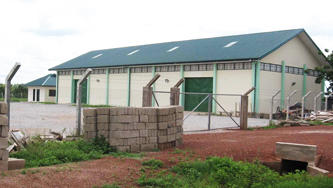 |
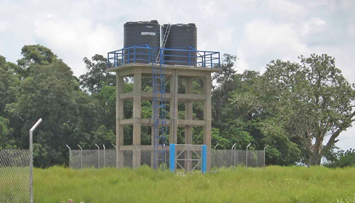 |
||
| Wiesi Depot | Wiesi New Warehouse | Uwasi Water Tanks |